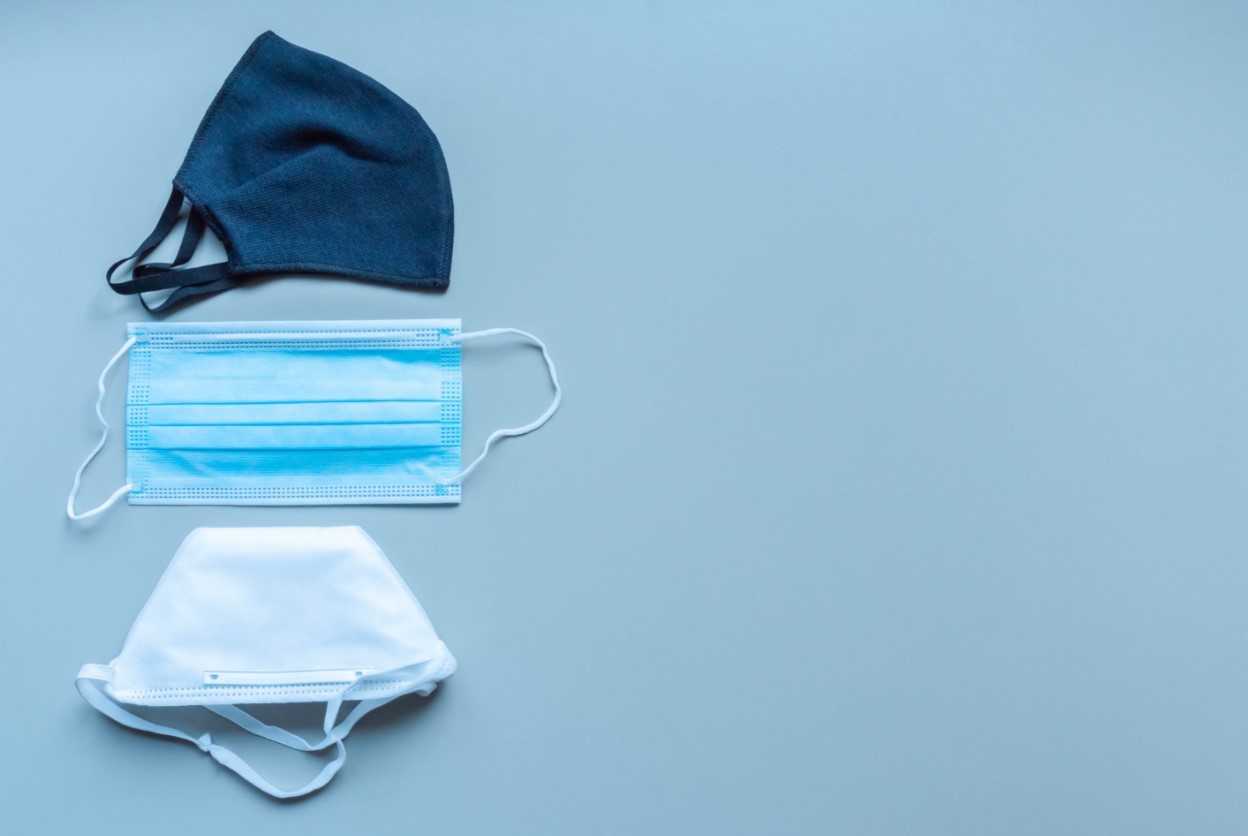Nanotechnology brings to medicine a number of possibilities inconceivable until recently. It revolutionises our approach to diagnostics and treatment of damaged tissues and various illnesses. We can leverage on unique properties of nanomaterials, e.g. the large reactive surface of nanomaterials, excellent permeability through the cell membrane, etc.
Nanorobots detect tumours, aid in gentle collection of smaller tissue samples, and deliver precise volume of therapeutic agents directly to the specified location of the health problem within the human body. Nanosilver helps eliminate bacteria that have developed resistance to antibiotics in recent decades. Other nano structures create adequate conditions for on-line monitoring and real-time diagnostics, and use electronic sensing devices to notify doctors of any needs for urgent medical intervention or changes in medication. Compared to earlier procedures, we are now able to make use of nanofiber structures for much better treatment of injuries to skin, bone and other human organs, replacement of missing or damaged tissue, and mitigation of serious injuries.
Practical relevance – This is what you will need the knowledge and skills for
In this section, you will learn about the key directions of development of nanotechnologies used in medicine as well as the possibilities that will open up in the future. At the same time, we will use the Covid-19 pandemic as an example of how nanotechnology solutions may help in prevention of respiratory diseases in healthcare facilities and elsewhere.
Overview of learning objectives and competences
In LO_Main directions of the use of nanotechnologies in contemporary medicine_01 you will learn how nanomaterials can help in drug delivery and diagnosis of many serious diseases, revolutionise tissue engineering and make a significant contribution to the eradication of bacteria that have become resistant to antibiotics.
In LO_Nanotechnology in the covid-19 pandemic_02 you will receive information on the benefits of nanotechnology solutions in the development of mRNA vaccines, on the unique properties of protective equipment with a nanofiber membrane protecting the respiratory system and acting as a barrier preventing the spreading of respiratory diseases, and on the benefits of photocatalytic air purification from microorganisms in prevention of infection.
In LO_Future use of nanotechnologies in medicine_03 you will learn the basics of the application of sensors with nanoelectronics; we will introduce you to the amazing world of nanorobots in medicine as well as the future benefits of nanotechnology in repairing and improving human bodies.

